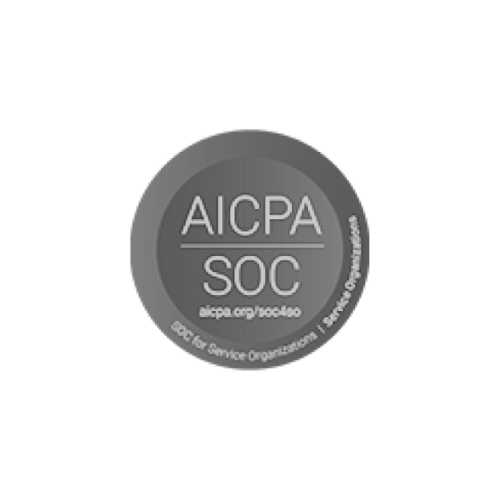Crafting a resume that seamlessly navigates through Applicant Tracking Systems (ATS) while catching the eye of hiring managers is a critical skill in today’s job market.
Here’s a detailed, step-by-step guide that will help you build a robust, ATS-friendly resume:
1. Choose the Right Resume Format
For ATS readability, use a chronological or hybrid (combination) format.
These layouts are favored by ATS for their straightforward structure, making it easier for the system to scan and categorize the information.
Avoid using tables, headers, and footers, which can confuse ATS software and cause it to jumble or skip over essential data.
Deep Dive: For each job, list your roles in reverse chronological order. Make sure each position includes your job title, the company’s name, location, and the dates of your employment.
2. Use Job-Specific Keywords
Identify keywords from the job description that relate to specific skills, qualifications, and job titles.
These should be woven naturally into your resume. ATS algorithms are designed to pick up these keywords, so including them can help match your resume to the job.
Example: If the job description mentions “project management,” your experience section should include instances where you managed a project, specifying the scope, the teams you coordinated, and the outcomes.
3. Tailor Your Resume for Each Job
Customization is crucial.
Modify your resume for each job application to mirror the skills and experiences highlighted in the job listing.
This increases your resume’s relevance to the specific role and makes it more likely to be picked up by the ATS.
Strategic Approach: Use a core resume as a base and tweak details for each job. Focus on highlighting experiences that directly relate to the responsibilities and qualifications listed in the job ad.
4. Simplify Your Language and Layout
Keep the layout simple and the language clear.
Use common industry terms and avoid complex graphics and excessive formatting.
Stick to standard bullet points and ensure your text isn’t contained within any graphics or images.
Practical Tip: Instead of fancy bullet styles, use simple circles or squares. Ensure all your text is in easily readable fonts like Arial or Calibri, sized between 10 and 12 points.
5. Quantify Your Achievements
Quantifying your achievements gives tangible proof of your capabilities.
Instead of saying “Managed a team,” specify “Managed a team of 15 engineers to develop a new software product that increased revenue by 30% in one year.”
Actionable Insight: Go through your achievements and wherever possible, add numbers to measure your impact, such as percentages, dollar amounts, or time frames.
6. Use Standard Job Titles
Stick to industry-standard job titles that are likely to be recognized by ATS and hiring managers. Creative or unusual job titles may not register as relevant.
Real-Life Example: Instead of “Code Wizard,” use “Senior Software Developer” to ensure clarity and professionalism, matching common industry terminology.
7. Detail Your Skill Set
List skills relevant to the job you’re applying for in a clear “Skills” section.
Separate technical skills, software proficiencies, and soft skills into sub-categories if extensive.
Detailed Breakdown: For tech jobs, list programming languages, tools, and systems you’re proficient in. For other sectors, relevant software and procedures should be highlighted, based on what’s in demand for your specific field.
8. Proofread for Accuracy
Spelling and grammar mistakes can make your resume seem unprofessional and may even prevent ATS from accurately parsing your information.
Use tools like Grammarly, and always have another person review your resume.
Why It Matters: A single typo can misalign your qualifications or disrupt keyword matching in ATS.
9. Include Relevant Certifications and Education
Clearly list any certifications, licenses, and educational credentials especially if they’re prerequisites or highly desirable for the position.
Place these towards the top of your resume if they are particularly strong selling points.
Highlight Effectively: For a role requiring specific certifications, such as a Certified Public Accountant (CPA) for an accountant role, list this early in your resume, possibly even in your professional summary.
10. Test Your Resume’s ATS Compatibility
Before applying, test your resume with ATS simulation tools like Jobscan.
These platforms compare your resume against a job description to score its effectiveness and suggest improvements.
Optimization Technique: Adjust your resume based on feedback from these tools, focusing on enhancing keyword alignment and overall formatting.
Conclusion
Following these detailed steps will help ensure your resume not only passes ATS scans but also impresses hiring managers. Each step is designed to optimize different aspects of your resume, making it both ATS-compatible and appealing to the human eye. This dual focus will significantly increase your chances of landing interviews in a competitive job market.
















